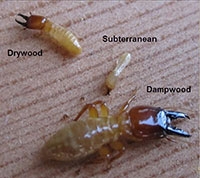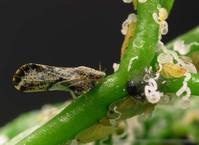
IPM is an ecosystem-based strategy that focuses on long-term prevention of pests or their damage using a combination of techniques including biological controls, habitat manipulation, modification of cultural practices, and use of resistant varieties. Pesticides are used as a last resort and only to remove the target pest organism. Pest control is chosen and applied to minimize risks to human health, nontarget organisms, and the environment.

How does IPM work?
- Focusing on long-term prevention of pests or their damage by managing the ecosystem
- Monitoring and correct pest identification to help you decide whether management is needed
- May combine management approaches for greater effectiveness
- Based on scientific research.

- Identifying the pest
- Monitoring and assessing pest numbers and damage
- Following guidelines for when management action is needed
- Preventing pest problems
- Combining biological, cultural, physical and chemical management tools
- Assessing the effect of a selected pest action
Integrated pest management is a scientifically based strategy to manage the whole ecosystem in such a way as to minimize or eliminate the effects of pests. To learn more, be sure to sign up for our free IPM class on July 24 here!
Don't forget to subscribe to our blog so that you receive an email notification when a new post goes up. If you have questions, contact us online, by phone or in person to get answers to your gardening quandaries!